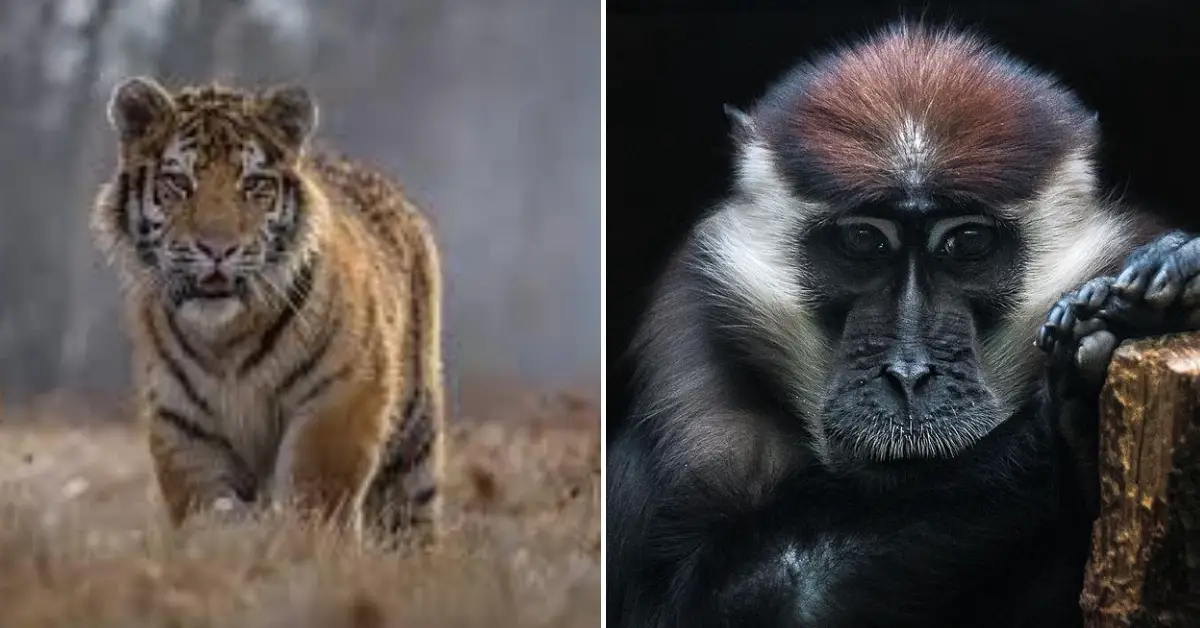International Union for Conservation of Nature(IUCN) recently updated their Red List of Threatened Species and it looks terrifying. With around 9,000 species added only this month, now 105,732 species are classified as ‘threatened’ by the IUCN.
And as it isn’t enough, at least 28,000 of these species are close to extinction. A hallucinating number thinking that means 27% of the assessed species, IUCN Red List reads. The most endangered species are amphibians, sharks, mammals and birds. But there are also many plant species that could face extinction in the near future, with conifers and corals being the most endangered ones. This year, more than 5,000 trees in 180 countries were added to the Red List.
IUCN Red List Update: 28,338 Species Are Now Threatened With Extinctionhttps://t.co/gGbYVw8WsJ pic.twitter.com/wHT0BU1pcu
— IFLScience (@IFLScience) July 19, 2019
“With more than 100,000 species now assessed for the IUCN Red List, this update clearly shows how much humans around the world are overexploiting wildlife,” IUCN Acting Director General Dr Grethel Aguilar told in a statement. “States, businesses and civil society must urgently act to halt the overexploitation of nature, and must respect and support local communities and Indigenous Peoples in strengthening sustainable livelihoods.
“We must wake up to the fact that conserving nature’s diversity is in our interest, and is absolutely fundamental to achieving the Sustainable Development Goals,” the official added.
NEWS: Overfishing has pushed two families of rays to the brink of extinction, latest @IUCNRedList update. https://t.co/OYP81w12wn pic.twitter.com/B0OkAQBCco
— IUCN (@IUCN) July 18, 2019
According to IUCN, human overexploitation is to be blamed for the decline of many of these species. More than that, there was no species to improve their status enough to be excluded from the list.
Deforestation and hunting have also lead to a dramatical decline of a lot of species, in the last years. Many species, initially listed as vulnerable, received a critically endangered status, within a year. Among them some freshwaters fish species, the red-capped mangabey, the pancake tortoise, or four primate species, and so many others.

According to IUCN, West Africa is one of the most affected areas. “West Africa is one of the very highest priority areas on Earth for primate conservation,” Russ Mittermeier, Chair of the IUCN Species Survival Commission Primate Specialist Group said in a statement.
“Maintaining the amazing primate diversity of this region will require the creation of new protected areas, better management of existing ones, more effective enforcement of protective legislation, and economic alternatives that value primates as something more than a source of meat, with primate-watching ecotourism, based on successful models elsewhere in Africa, high on the list,” he said.

